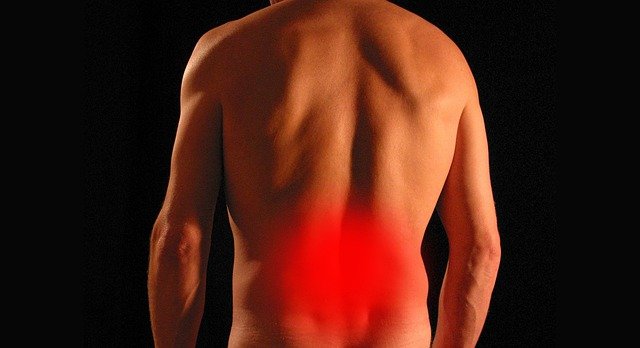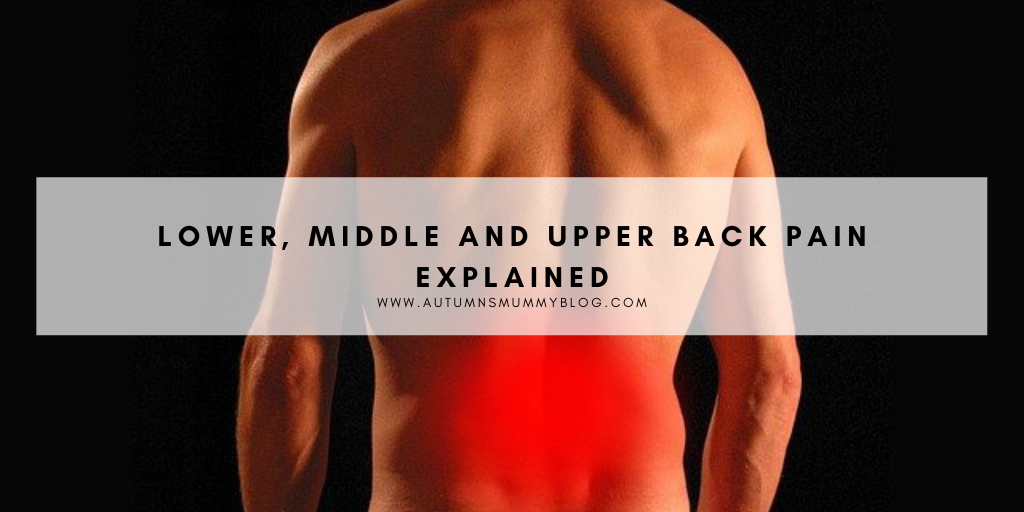
Collaborative Post¦ Back pain is very common. The back is a very complex network of muscles, nerves and veins. It’s the largest surface area of flesh on our bodies and with that, you can expect some inherent weaknesses. The things that we do normally in life, do not challenge our backs outright. Rather they do make them weaker over time and this can happen to any of us. We don’t notice how weak our muscles are until we need to use them. Then muscle atrophy becomes very real indeed. If we force our weak muscles to do something they are incapable of doing this can lead to injury.
Developments in spinal research have completely revolutionized the ways that we can treat the different types of back pain. So much so that professionals like dr timothy steel are helping aspiring spinal experts to enter the field. We have come a long way, with many different ways to treat back pain. From non-invasive treatments and lifestyle changes to corrective surgeries and strength training.
So whether you are if you’re studying to become a doctor or nurse, or trying to understand the nature of your own back pain; let’s understand the various back pain types and common causes.
Lower back
By far the most common area for back pain is the lumbar spine region. As you can probably tell, it’s one of the weakest areas of our body, because it’s so narrow. We do not have large muscles in this area of our back, and hence we are inherently relying on strong hips and legs to support our lower back. Lower back pain can be caused by one thing in particular, and that is being down and lifting something heavy. If you bend down too accurately and try to get back up, you’re not using your legs or upper body, just the bend in the lumbar spine. So avoid doing this by spreading your feet wide, getting as close to the thing as you can and using your shoulder and arm strength to aid in lifting. You can actually take a level 4 lower back pain course, this will give you all the knowledge on how to combat lower back pain, if you are a personal trainer this would be a great way to help your clients.
Middle back
We don’t get much pain in the middle of our backs. It’s where some of the largest back muscles are, such as the laterals and the spinal erector muscles. We also have the majority of the upper body skeleton in this area. The ribs provide a lot of support to our middle back and this can mean we rarely feel strain here. However, middle back pain is brought on by impact injuries and sometimes due to overstretching your arms in one direction. The lower back isn’t as flexible as the others regarding longitudinal motions. It can flex side to side but it cannot bend as freely as the other parts.
Upper back
If you feel pain in your upper back it’s mostly likely going to be because you have poor posture and your shoulders are not sitting where they should. If you feel a sharp pain along the spine, speak with a professional spine surgeon such as ispine.com.au who can identify the issue and give you pointers on how to correct it before you end up on the surgery table. Upper back pain can be helped by good posture where your shoulder blades are back in neutral position, your head and neck are aligned and you do exercises for your traps and delts.
Back pain is common but you don’t have to put up with it for any longer than necessary. So that’s never! Just make sure you are noting what kind of pain you feel so it’s not serious.
Disclosure: This is a collaborative post.
